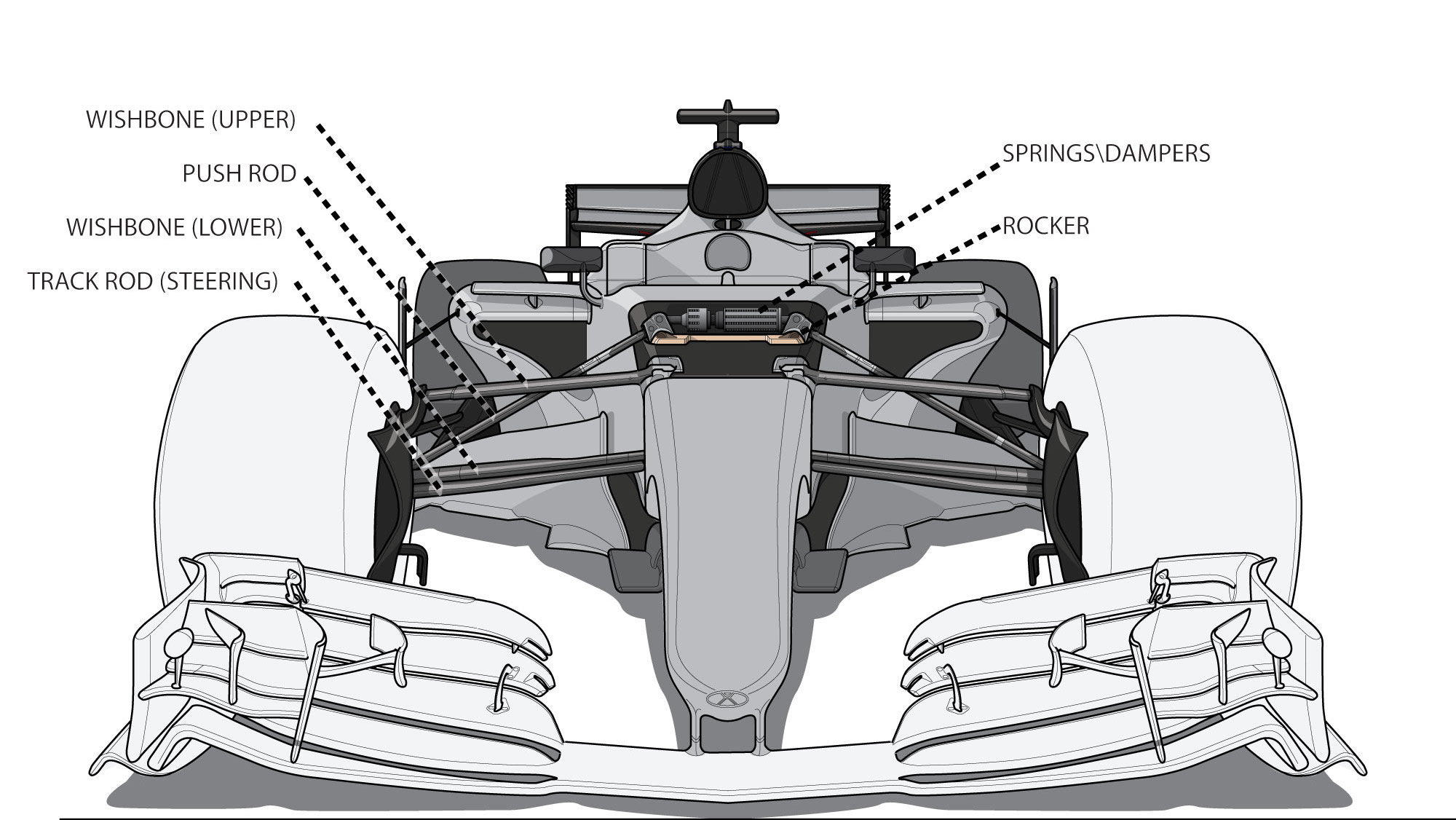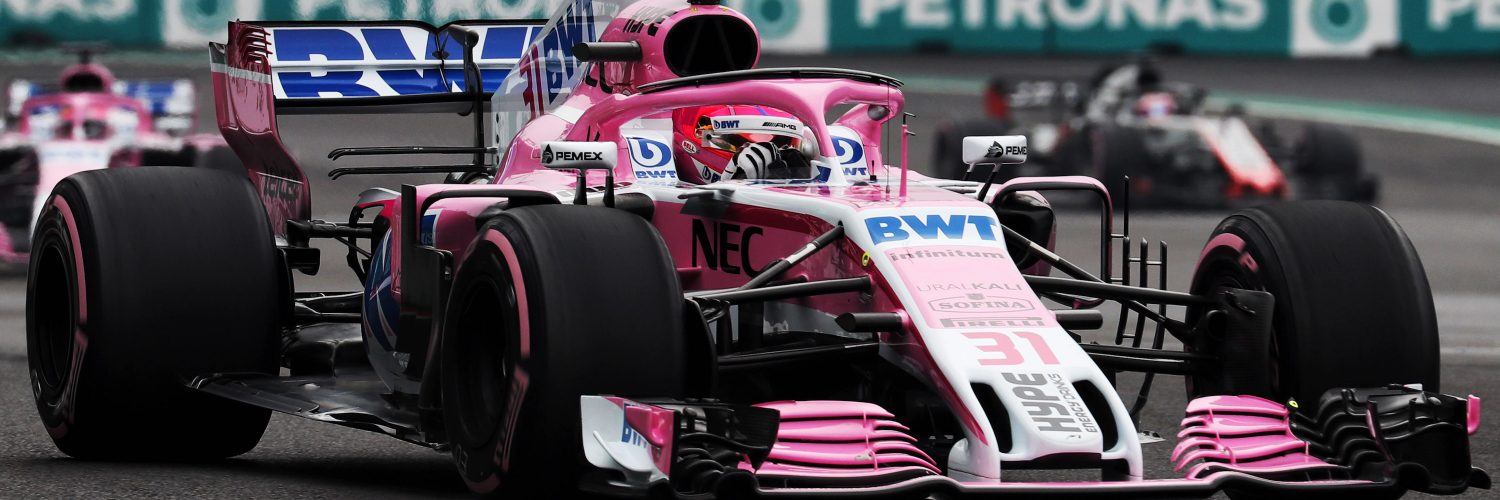Lewis Hamilton may have wrapped up an historic fifth drivers’ world title thanks to his fourth-place finish in the Mexican Grand Prix, but there is still all to play for as the season reaches its climax.
With two races remaining, Mercedes are still very much in the box seat in their quest to complete a drivers’ and constructors’ double for the fifth successive year. And that will become reality if rivals Ferrari don’t outscore them by 12 or more points.
Yet, judging by current form, this is far from a formality on the bumpy and abrasive Interlagos circuit. The team has not scored a race victory since Hamilton’s Suzuka triumph, Max Verstappen and Kimi Raikkonen coming out on top in America and Mexico as Mercedes have struggled to get the most from their tyres.
Interlagos is a circuit that has thrown up surprises in the past, it is the second highest on the calendar after Mexico, so altitude could be another leveller as we saw in Mexico where the Renault engine seemed not to struggle for parity.
Below the scrap for the ultimate team prize, there is also much at stake. Red Bull and Renault are pretty much nailed on for third and fourth but from fifth, all the way down to ninth, there could well be changes yet with just 51 points separating five teams.
“After a disappointing outcome in Mexico, there’s even more emphasis on the final two races,” commented Racing Point Force India team boss Otmar Szafnauer. “We still have our eye on sixth place in the championship, but it’s a much bigger challenge now. We are 15 points away from our target and overcoming this deficit won’t be easy.
“We will certainly give it our best shot, continue working hard, but we will need to deliver perfect weekends and perhaps benefit from some good fortune along the way. Whatever happens, it’s going to be an interesting race this weekend in Brazil.”
Ironing out those bumps in the road – a test of F1 suspension
Rainstorms are also commonplace and the undulating, bumpy, anticlockwise circuit means a stern test of both man and machine.
Because Interlagos was not built on flat terrain, but instead twists and flows through the contours of an undulating geographical location, it puts a great deal of pressure on one of the most vital components pieces on every vehicle; the suspension.
Whilst it’s true that the circuit used to be far bumpier than it is today – the asphalt was most recently replaced in time for the 2007 race – it also remains the case that suspension set-up still plays a crucial role, particularly in Brazil.
Just as with a road car, the suspension connects the tyres to the chassis and is designed to absorb all the bumps and undulations of the surface, so that the tyres are always planted firmly to the road and work to the maximum of their capability.

Unlike with your road car however, an F1 car’s suspension is a highly complex, and instead of its primary role being to provide comfort to the user, it primarily exists for performance reasons. It needs to be extremely rigid to handle the extreme cornering forces involved at high speed, so the wishbones (designed by aerodynamicists) connecting the tyre to the chassis do not flex and upset the geometry of the car.
Suspension in F1 has changed quite radically through the years. Computer-controlled active suspension, such as in Nigel Mansell’s state-of-the-art dominant championship winning Williams FW14B, was banned at the end of 1993, whilst other teams such as Mercedes have pioneered front and rear inter-connected suspension systems.
Nowadays, most teams use the same system utilising an interlinked setup whereby the front and rear suspension are connected by a hydraulic circuit with actuators built into the dampers. These actuators serve to transfer fluid from one end of the car to the other so that if the suspension compresses at either end, the fluid transfers to the other as to offset movement and allow for a lower ride height to be run at high speed.
Because racing drivers brake so late into corners, add a Brazilian bump into the equation and an F1 car’s suspension can be asked to cope with loads of up to 30 tonnes!
In other F1 news this week, the FIA has announced that the Vietnamese Grand Prix will join the calendar from the 2020 season onwards, meaning it joins Singapore, China and Japan amongst the Asian venues.
“The Vietnamese Grand Prix represents Formula 1’s firm commitment to the Asia region where races are already well established in Singapore, China and Japan,” read a statement from Liberty Media.
“It also forms part of Formula 1’s long-term strategy to broaden the appeal of the sport and to reach new audiences around the globe.”
Top image: Esteban Ocon, Racing Point Force India F1 VJM11 during the 2018 Mexican Grand Prix. © Force India F1.



